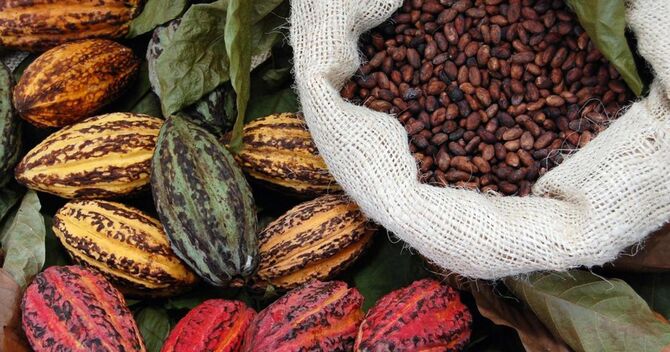
Responsibility for the environment
Environmental and climate protection at Storck
To make production as environmentally friendly as possible, we are reducing the use of natural resources every year and carefully measuring and managing our consumption. We are investing in modern buildings and efficient plants, and optimising processes throughout our company.
Maintaining and improving natural habitats
Storck has four production sites in Germany: in Berlin, Halle (Westphalia), Ohrdruf in Thuringia and Taunusstein, Hesse. We consciously consider nature and, in particular, protected habitats in the further development of our production sites. None of our sites infringe on protected or high biodiversity areas.
Protecting watercourses is especially important to us. At the Halle production site, for example, we implemented renaturation measures on a section of the Laibach, a brook that borders our site. Our plant expansion offered the opportunity. The brook’s near-natural design and ecological improvement went far beyond our obligations in the context of the plant expansion. Appealing habitats for various plant and animal species have quickly emerged along the restored Laibach.
Along a section that was previously unnaturally straight, we returned another brook, the Warmenau in neighbouring Werther, to its original, highly meandering bed. This additional compensation measure for our plant expansion on the site created a valuable habitat for fish and amphibians. Through initial planting along the banks, we provided for the development of a natural floodplain forest.

A flight over the renaturalized Laibach
Language: German
The Stork Foundation
The foundation established by the family of owners in the early 1990s, “The Stork Foundation – storks for our children”, is dedicated to the lasting protection of the large birds’ habitats. Since the 1990s, the foundation has acquired fallow land areas in the Drömling region at the border between Lower Saxony and Saxony-Anhalt in order to subsequently restore them. This engagement has paid off: the number of white stork breeding pairs has doubled to almost 60. In the meantime, the Drömling region has been designated as one of currently 17 UNESCO biosphere reserves in Germany.
The foundation is also active in what are known as the “Sudewiesen” of the Elbe valley floodplain forests in the Lüneburg district. Heck cattle and ponies graze in the semi-open pasture landscape with shallow bodies of water today. They keep the land open, thereby maintaining a perfect habitat for storks who find plenty of food in the pastures and around pools that were created.
For over 30 years, the Stork Foundation has been dedicated to the stork that, more so than most animals, symbolises an intact environment. Both in the Drömling region and in the Sudeniederung, the foundation’s engagement helps ensure the survival of the stork for future generations.








